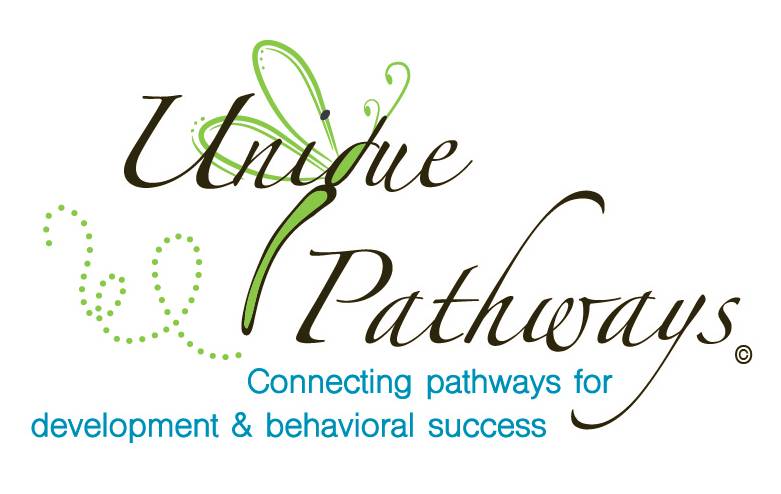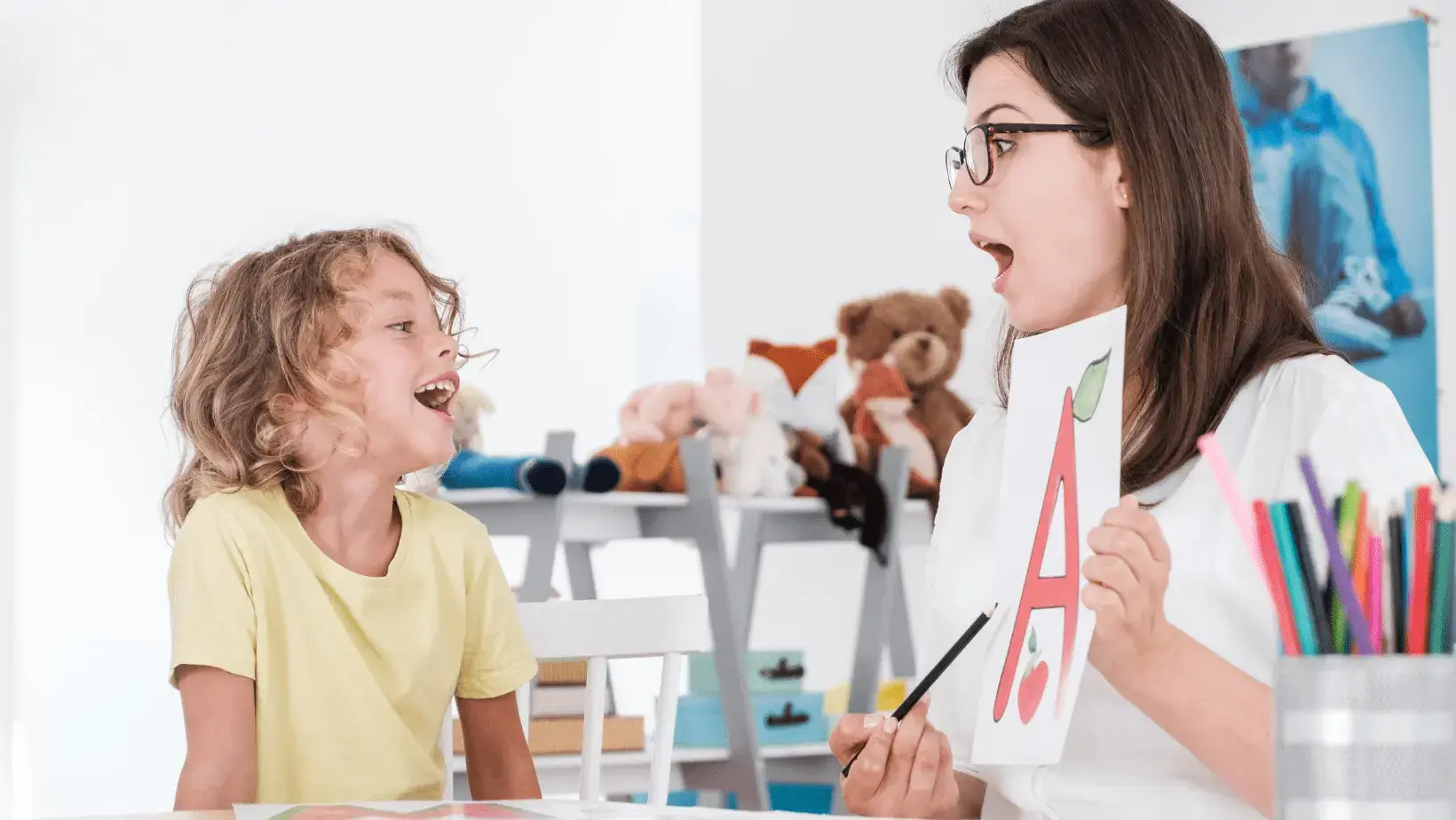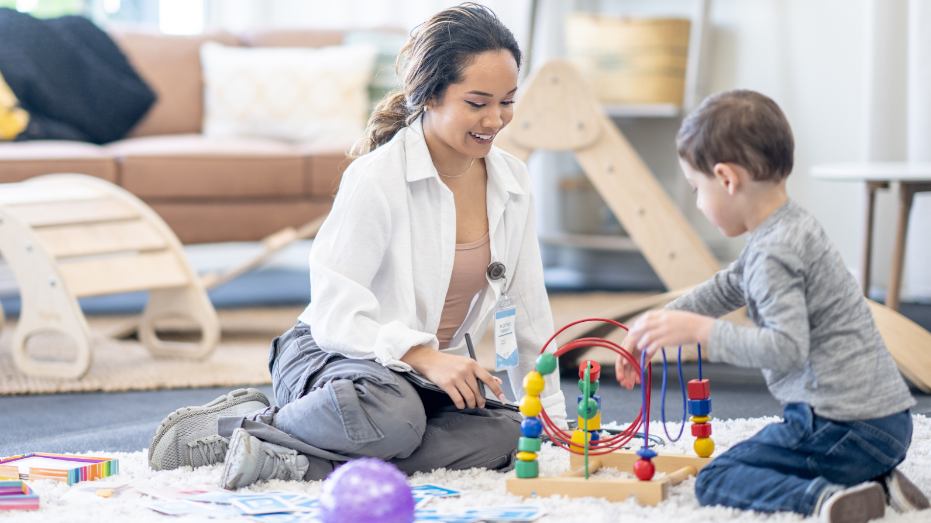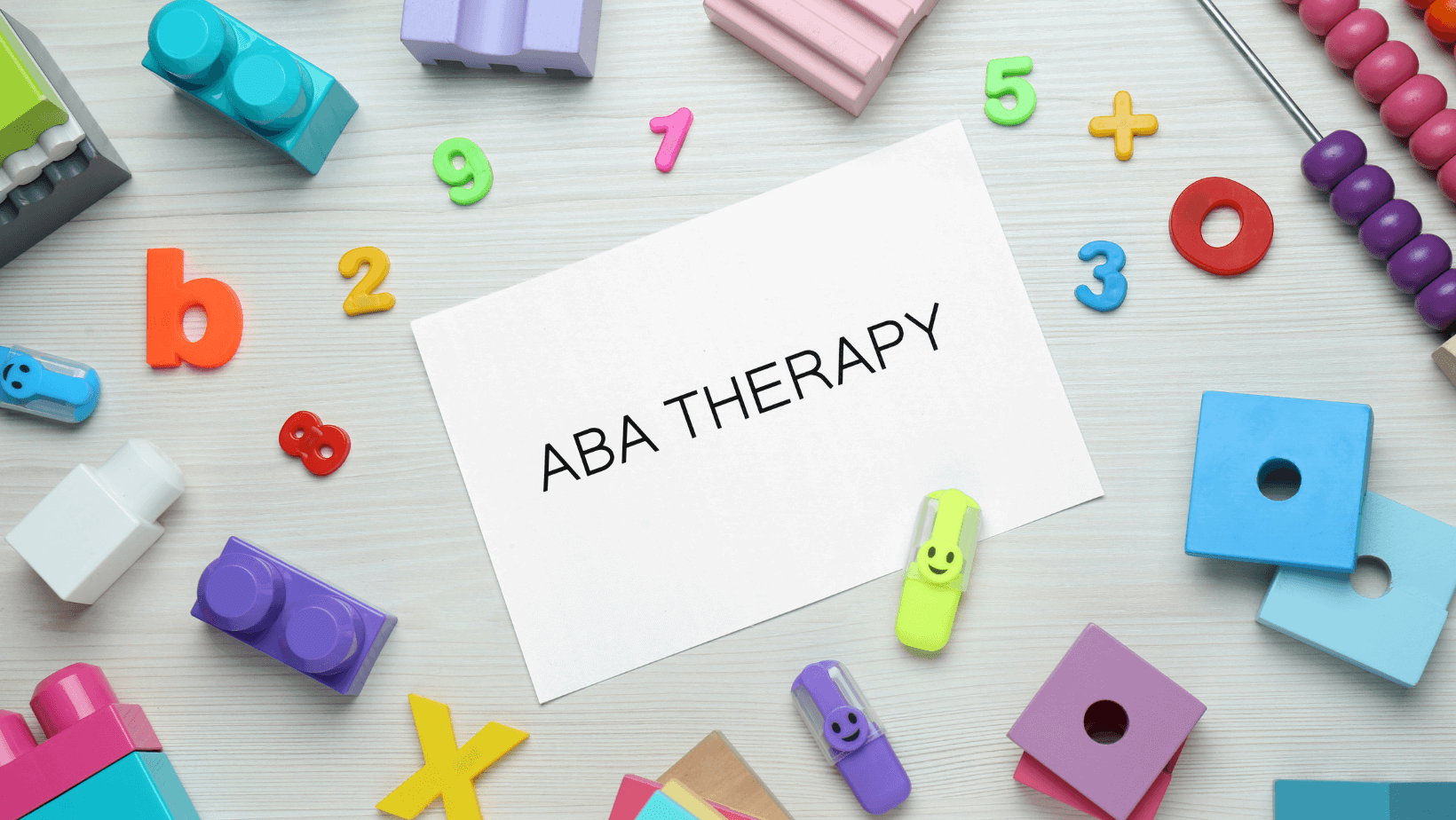Imagine a world where words flow effortlessly, where every sound is crisp, and where eating is not just a necessity but a pleasure. This is the realm speech therapy promises to unlock for individuals facing articulation and eating challenges.
Speech therapy is a transformative journey guided by speech language pathologists, aiming to address various communication and swallowing disorders. Articulation therapy, a critical component of speech therapy, focuses on correcting speech sound errors, which can significantly impact an individual’s ability to communicate effectively.
Whether it’s a child struggling to pronounce certain sounds or an adult facing speech challenges due to a traumatic brain injury, speech therapy offers tailored strategies to meet diverse needs.
Interestingly, the mechanisms involved in speech sound production are closely linked to those used in eating. The muscles and movements necessary for articulating sounds are also engaged when chewing and swallowing. Consequently, speech therapy, particularly articulation improvement, can have a positive effect on eating skills. Strengthening the muscles used for speech can lead to better control during eating, reducing the risk of choking and making the process of eating safer and more enjoyable.
Fundamentals of Articulation
Speech production is a complex process that requires the coordinated effort of various facial and oral muscles. It begins with the breath support from the lungs, followed by the vibration of the vocal cords within the larynx, and finally, the modification of sound by the articulators (tongue, lips, teeth, and palate) to produce distinct speech sounds. Understanding this anatomy is crucial for identifying and treating articulation disorders effectively.
Common Articulation Disorders
Articulation disorders can manifest in several ways, including the omission, substitution, or distortion of sounds. For example, a child might replace the sound “r” with “w” (saying “wabbit” instead of “rabbit”) or omit the “s” sound in words (saying “nake” instead of “snake”). These speech sound errors can impact the clarity of speech and, if not addressed, may persist into adulthood.
The same muscles and motor skills used in speech are also critical for eating. Articulation disorders can signal or contribute to difficulties with chewing and swallowing. For instance, challenges with the “k” and “g” sounds might indicate weak back-tongue coordination, which is also essential for managing solid foods.
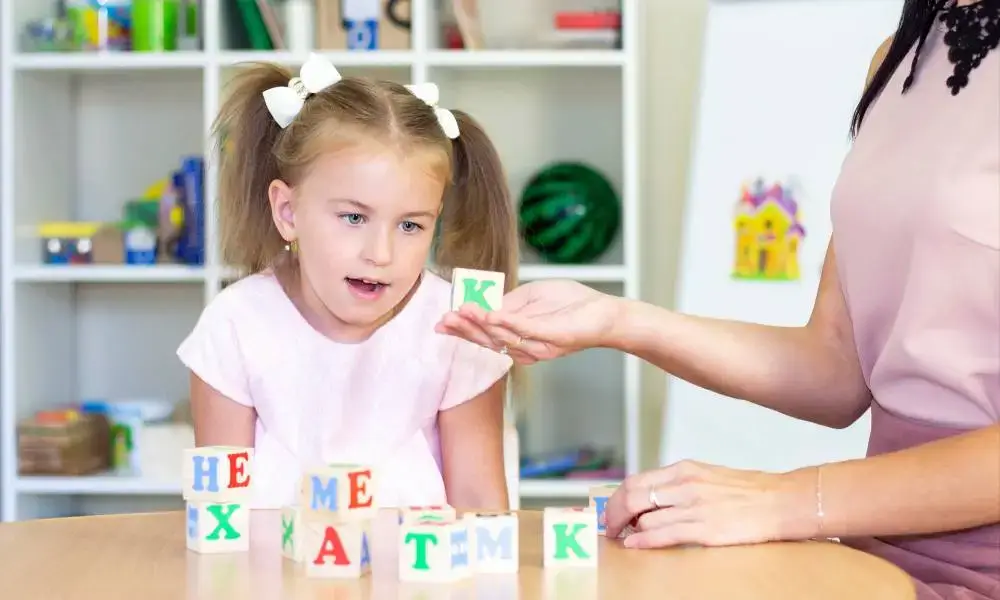
Evaluation and Diagnosis
Assessment Process
The journey to improving articulation and eating skills begins with a comprehensive assessment conducted by a speech language pathologist. This assessment process evaluates a person’s speech sound production, language abilities, and oral-motor function to identify specific challenges and determine the best course of treatment.
Identifying Articulation Challenges
Through various tests and observations, speech therapists can pinpoint articulation disorders and the specific speech sound disorders or patterns affected. This detailed evaluation helps in crafting a targeted approach to therapy, focusing on the individual’s unique needs and goals.
Relationship to Eating Difficulties
During the assessment, speech therapists may also observe the individual’s eating habits to identify any difficulties related to oral motor skills. Understanding this relationship is vital for developing a holistic treatment plan that addresses both speech and eating improvements, leading to a better quality of life.
Techniques in Speech Therapy
Speech therapy encompasses a variety of techniques aimed at improving speech sound disorder and articulation issues. These methods range from traditional exercises focused on repetition and motor skills to innovative approaches that incorporate technology and play.
Traditional Methods
Phonological Therapy: This approach addresses patterns of sound errors. For instance, if a child consistently omits the final consonants in words, phonological therapy will target this specific pattern, helping the child understand and correct their speech sound errors across words and contexts.
Articulation Drills: Picture hitting the speech gym, where words and sounds get a workout through repetition. It’s all about practice, practice, and more practice, but with a twist—using pictures, mirrors, and even apps to make sure every sound is hitting the mark.
Oral Motor Exercises: These exercises strengthen the muscles involved in speech production. Techniques may include activities like blowing bubbles, sucking through straws, or tongue-strengthening exercises, which are particularly beneficial for individuals who have difficulty with the physical aspects of speech sound production.
Innovative Approaches
Technology Integration: Speech therapy now often includes apps and software that provide interactive ways to practice speech sounds. These tools can offer immediate feedback, keep individuals engaged, and track progress over time.
Play-Based Therapy: Who said therapy can’t be fun? Imagine learning new sounds through games and activities, where every giggle and high-five is a step closer to clearer speech. It’s about turning “practice time” into “playtime,” making speech development as natural as laughing at a silly joke.
Multisensory Approaches: These approaches involve using multiple senses (sight, sound, touch) to aid in the learning and production of speech sounds. For example, a therapist might use tactile feedback tools, such as feeling throat vibrations, to help an individual understand how to produce a particular sound correctly.
Addressing Articulation in Eating
Now, let’s chew on something interesting—the link between articulation and eating. The way we talk and the way we eat are more connected than you might think. Improving one can often help the other, leading to some delicious benefits.
Every bite can be a mini speech lesson. Articulation challenges can give us hints about eating skills since both involve a lot of the same mouth mechanics. For someone working on speech sounds, mastering chewing and swallowing can be part of the journey, turning mealtime into an opportunity for growth.

Strategies for Improved Eating
Texture Modification: Adjusting the texture of foods can make eating easier for individuals who have difficulty chewing or swallowing. Starting with softer foods and gradually introducing more complex textures can help strengthen oral muscles over time.
Swallowing Techniques: Speech language pathologists can teach specific techniques to improve the safety and efficiency of swallowing. These might include exercises to increase tongue strength and coordination, which are significant for moving food efficiently from the mouth to the throat.
Adaptive Utensils: Sometimes, the usual forks and spoons just don’t cut it. Adaptive utensils with easier grips or angles can make eating less challenging and more enjoyable, fostering independence during meals.
Holistic Treatment Approaches
Embracing a holistic approach to speech disorder means engaging a network of support and expertise to address the needs of individuals. Here’s a closer look at how this comprehensive strategy can enhance both articulation and feeding therapies.
Collaborative Care Teams
Collaborative care involves a multidisciplinary team, including speech language pathologists, occupational therapists, nutritionists, and educators, working together to provide a unified approach to treatment. This team collaborates to ensure that therapy addresses all aspects of the individual’s development, enabling a more rounded and effective intervention.
Family Involvement in Therapy
Incorporating family involvement into the therapy process is crucial. Families play a key role in reinforcing therapy goals and integrating conversational speech and language development strategies into daily routines. This active participation helps extend the benefits of therapy beyond clinical settings, fostering continuous progress.
Integration of Articulation and Feeding Therapy
Now, imagine blending the worlds of speech and eating into one seamless therapy plan. This approach recognizes that working on articulation can naturally bolster eating skills and vice versa. It’s about finding the sweet spot where improving speech sounds and enhancing eating experiences meet, creating a balanced and effective therapy journey.
Progress Monitoring and Adjustment
Keeping an eye on the journey and being ready to adjust the course is key in speech therapy. Here’s how tracking progress and making timely adjustments can pave the way to success.
Tracking Articulation Progress
Regular assessment of articulation progress helps in identifying achievements and areas that require more focus. This continuous evaluation allows for timely adjustments in therapy strategies, ensuring that the approach remains aligned with the individual’s goals.
Adjusting Therapy Plans
Based on ongoing assessments, a speech therapist will create therapy plans that may be modified to address specific challenges or to introduce new targets as previous goals are met. This flexibility is key to maintaining momentum in therapy and adapting to the individual’s pace of learning and improvement.
Evaluating Eating Improvement
For individuals receiving integrated articulation and feeding therapy, evaluating improvements in eating skills is needed. This assessment helps in understanding how enhancements in oral motor skills contribute to better feeding practices, guiding further therapy interventions.
Practical Tips for Speech
Therapy at Home
Implementing speech therapy techniques at home can significantly enhance the therapy’s effectiveness. Reinforcing these techniques involves incorporating targeted exercises into daily activities.
For instance, if working on a child’s speech sound production, consider using meal times to practice these sounds, emphasizing words that contain the target sounds. Additionally, games and storytelling can be excellent opportunities to practice in a fun and low-pressure environment.
Creating a supportive environment is equally important in speech sound perception training; this means celebrating efforts and progress, however small. Encouragement and positive feedback can boost confidence and motivate continued practice. Consistency in practice is crucial for progress that is why setting aside regular times each day for focused speech exercises can help establish a routine, making practice a natural part of the day.
Overcoming Challenges
Encountering frustration and plateaus is a natural part of the learning process in speech therapy. When frustration arises, it’s important to acknowledge the feeling and encourage persistence.
Sometimes, taking a short break or switching to a different, more enjoyable activity can help alleviate frustration. It’s beneficial to break down tasks into smaller, more manageable steps, ensuring a sense of achievement and gradually building up to more complex tasks.
Dealing with plateaus, where progress seems to stall, requires patience and sometimes a fresh approach. Adjusting the therapy plan to introduce new exercises or goals can reinvigorate interest and motivation. It might also be helpful to revisit past successes to remind both the therapist and the individual of the progress made thus far.
Summary of Benefits
Diving into the world of speech therapy is like embarking on an adventure with the promise of unlocking clearer communication and a better eating experience. It’s a journey filled with challenges, triumphs, and endless learning opportunities. From the cozy corners of our homes to the expert offices of speech therapists, each step taken is a move towards more confident conversations and enjoyable meals.
Whether we’re employing time-honored methods or tapping into the latest innovative techniques, the goal remains the same: to foster growth, understanding, and connection. Remember, the path to improvement is paved with patience, practice, and a little bit of play.
So, let’s celebrate every small victory, push through the tough times together, and watch as the world of words opens up in beautiful new ways!
